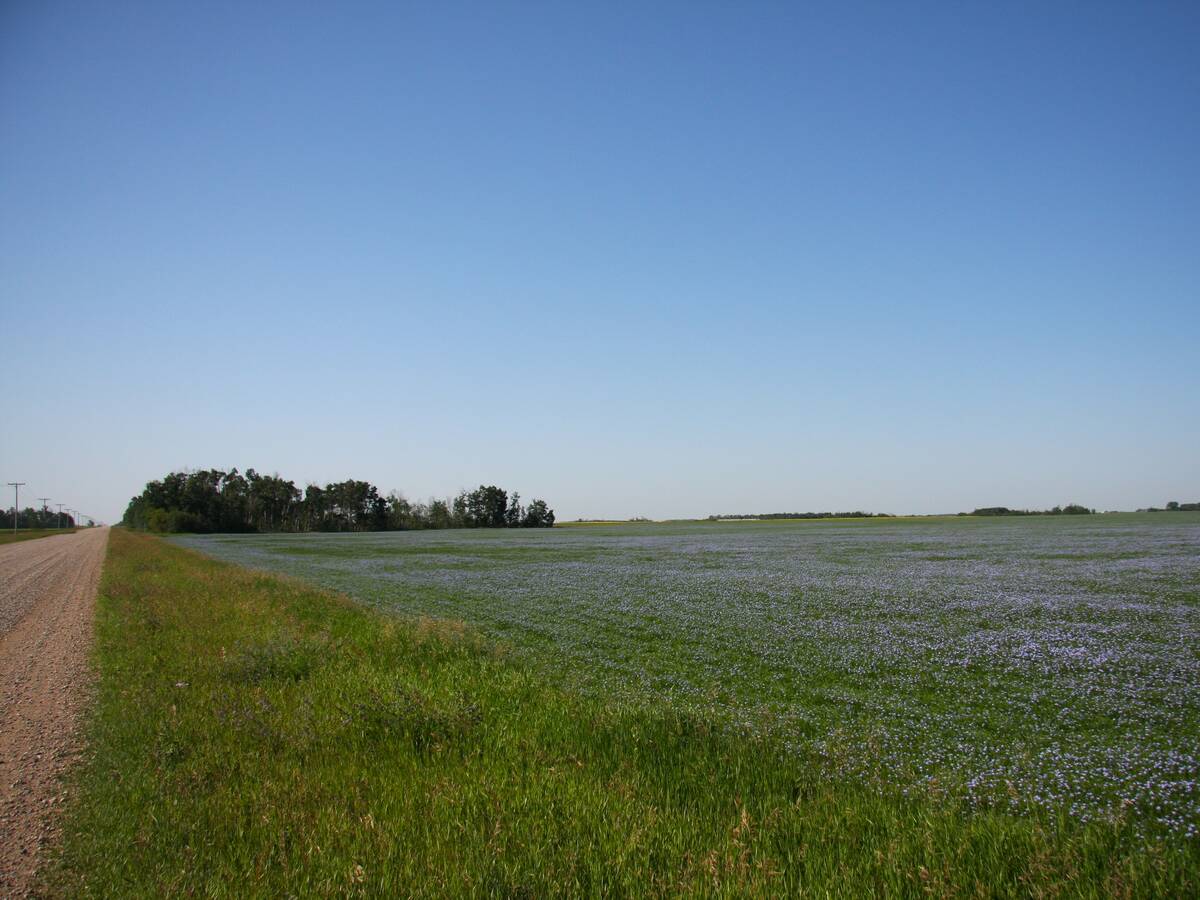Insect pests in Saskatchewan show little potential to affect yields, but farmers can’t relax yet.
Aphids and diamondback moths may yet be swept in on southerly winds in large enough numbers to cause crop damage.
“Aphids and diamondback moths, aphids in particular, like any crop, so that’s one we’re just waiting to see if they show this year or not,” said Brent Flaten, an integrated pest management specialist with Saskatchewan Agriculture.
Crop advisers and growers have been trapping diamondback moths but have not seen them in large numbers, he added. However, they could appear later, depending on winds.
Read Also

Farmland advisory committee created in Saskatchewan
The Saskatchewan government has created the Farm Land Ownership Advisory Committee to address farmer concerns and gain feedback about the issues.
Aphids and diamondback moths do not overwinter in Canada so strong winds from the United States will generally cause populations in Canada to increase.
Flaten said one of the more pressing issues growers might face this year is wheat midge.
He said they have not been a big issue, but that could change with the drier conditions currently seen in many areas of the province.
Wheat midge projections for Saskatchewan show the pest could pose threats to crops in a widespread region, he added. In the northwest, a potential problem area stretches from North Battle-ford to Prince Albert. In the southern grain belt, farmers from Herbert to the U.S. border and southeast to Estevan are advised to remain on the lookout for wheat midge.
“And all along the eastern side of the province,” Flaten said.
As well, alfalfa weevils have been reported in some areas, but spraying for those is not recommended because swathing can control the problem.
Meanwhile, spring issues with cutworms and flea beetles appear to be over.
Flaten said that with the drier weather hitting Saskatchewan this summer, an old, familiar pest may rear its head following years of being suppressed by wet conditions.
“We’re not expecting (large numbers of) grasshoppers, but with the dry weather, they could be starting a bit of a rebound,” he said.
Lentil and flax growers should take special note, he added, because those crops are especially vulnerable.
The economic threshold at which it is advisable to spray lentils and flax for grasshoppers is two insects per sq. metre, compared to nine to 12 hoppers per sq. metre in wheat.
He said cabbage seedpod weevil has been spotted in canola and in brown and oriental mustard. The weevil is not considered a pest in yellow mustard.
“It’s just something to keep an eye out for,” Flaten said.














